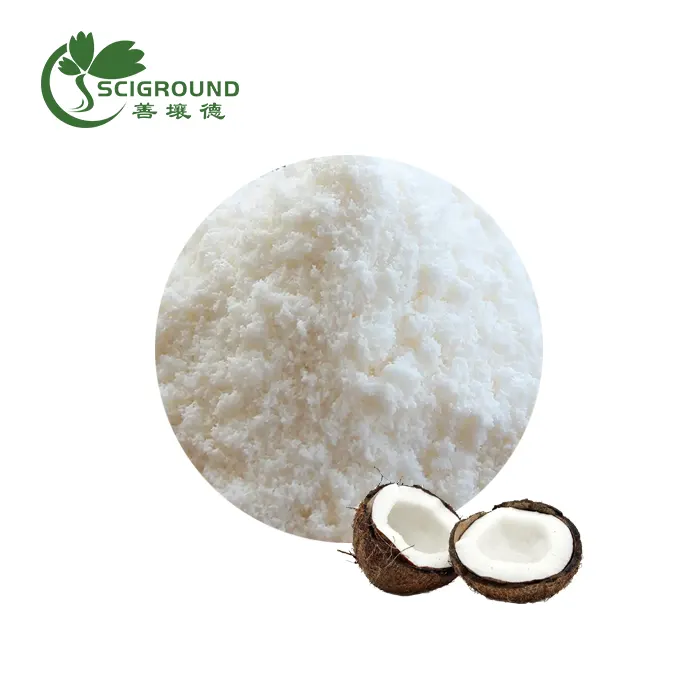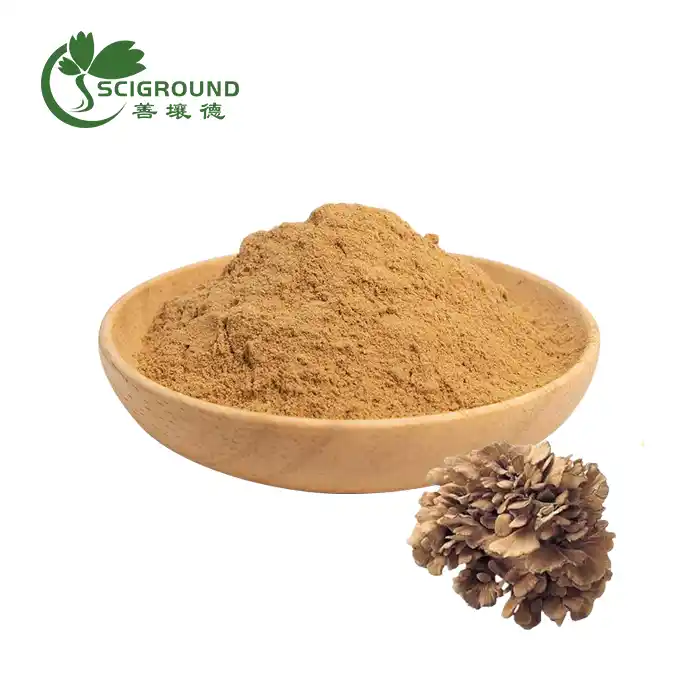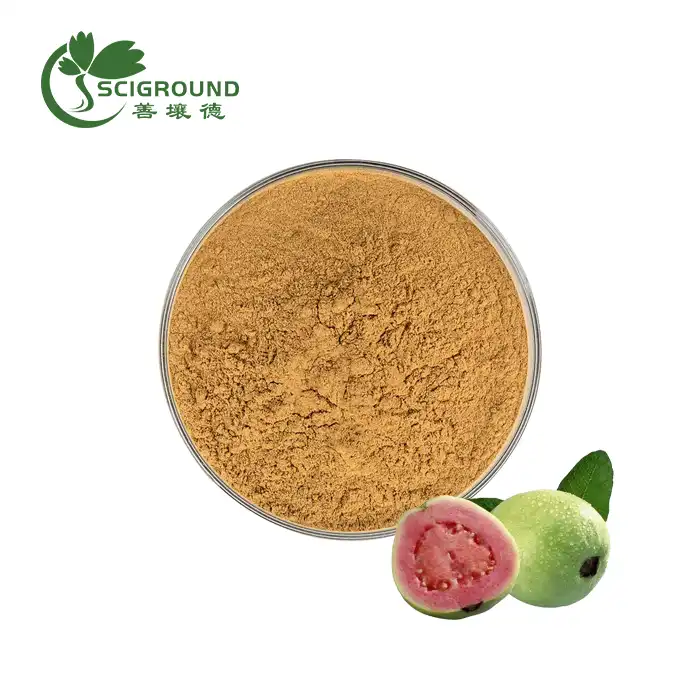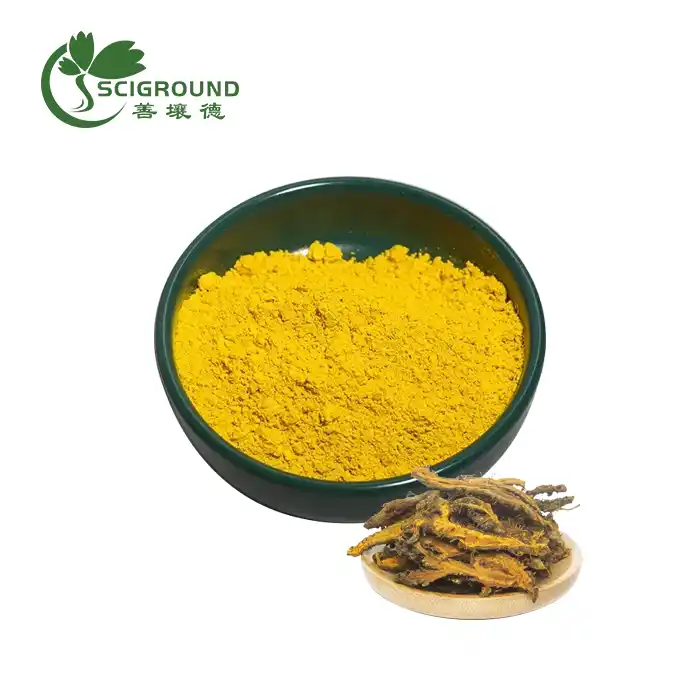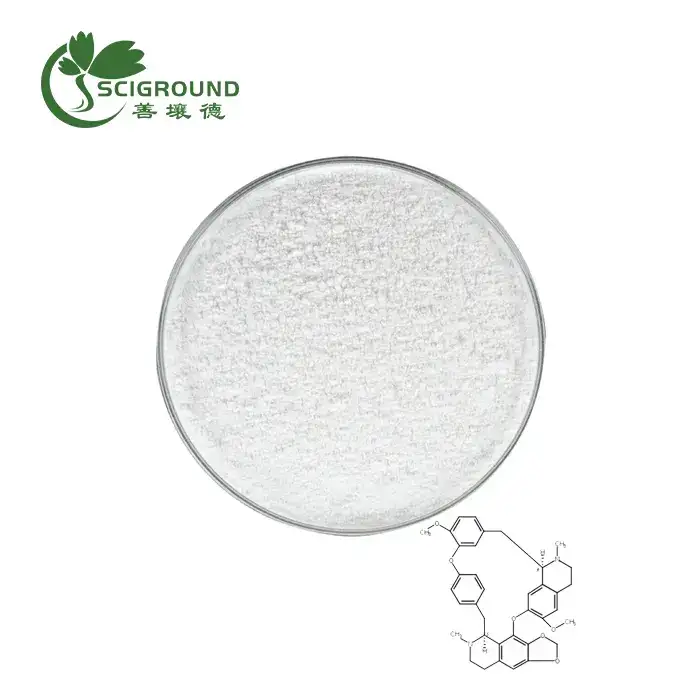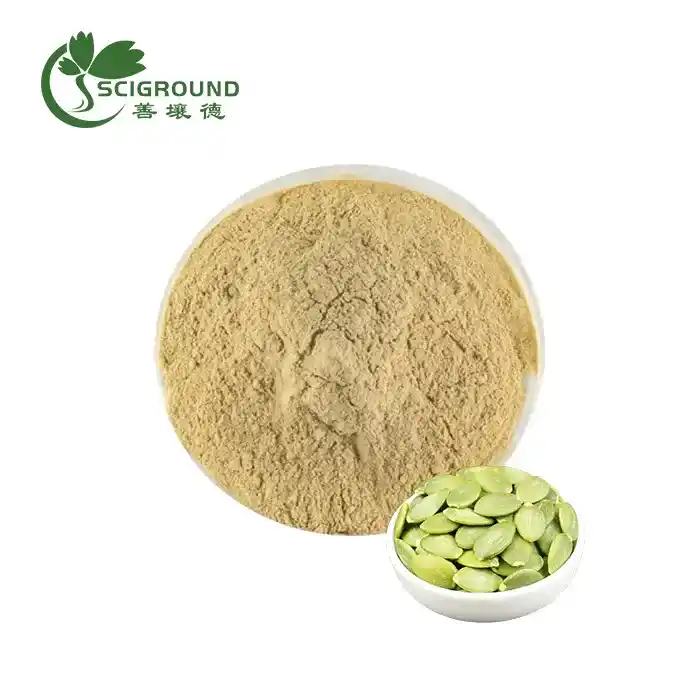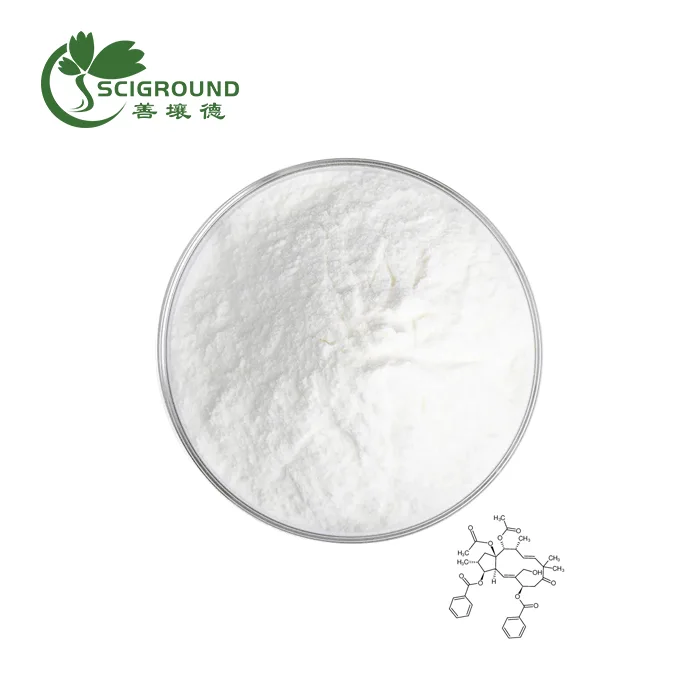What is acrylamide powder used for?
Acrylamide powder is a versatile chemical compound with numerous industrial and scientific applications. This article delves into the uses, properties, and potential health concerns associated with acrylamide powder. Whether you're a researcher, industry professional, or simply curious about this substance, read on to discover the multifaceted world of acrylamide powder.
What is Acrylamide Powder?
Acrylamide powder is a white, odorless, crystalline solid with the chemical formula CH2=CHC(O)NH2. It's an organic compound classified as a vinyl-substituted primary amide. Acrylamide is highly soluble in water and several organic solvents, making it valuable for various applications.
The chemical structure of acrylamide consists of a vinyl group (CH2=CH-) attached to an amide group (-CONH2). This unique arrangement gives acrylamide its distinctive properties and reactivity, which are crucial for its industrial and scientific uses.
Industrial Applications of Acrylamide Powder
Acrylamide powder finds extensive use in numerous industrial processes and products:
- Polyacrylamide Production: The primary industrial use of acrylamide is as a precursor in the synthesis of polyacrylamides. These polymers serve as effective water-soluble thickeners and flocculation agents in various industries.
- Water Treatment: Polyacrylamides derived from acrylamide are widely used in water treatment plants to remove suspended solids and organic matter from wastewater and drinking water.
- Paper Manufacturing: Acrylamide-based polymers enhance paper strength and improve the efficiency of the papermaking process.
- Oil Recovery: In the petroleum industry, acrylamide-based polymers are used in enhanced oil recovery techniques to improve the extraction of oil from reservoirs.
- Textile Industry: Acrylamide serves as a precursor for producing textile auxiliaries, improving fabric properties and dyeing processes.
- Mining: Flocculants derived from acrylamide aid in mineral processing and ore extraction.
Scientific and Research Applications
Beyond its industrial uses, acrylamide powder plays a crucial role in scientific research and laboratory applications:
- Gel Electrophoresis: Acrylamide is a key component in polyacrylamide gel electrophoresis (PAGE), a widely used technique for separating and analyzing proteins and nucleic acids.
- Biotechnology: Acrylamide-based gels are used in various biotechnology applications, including protein purification and enzyme immobilization.
- Neuroscience Research: Acrylamide has been used in neurotoxicology studies to investigate its effects on the nervous system.
- Polymer Science: Researchers use acrylamide as a model compound for studying polymerization reactions and developing new materials.
Health Concerns and Safety Considerations
While acrylamide powder has numerous beneficial applications, it's essential to be aware of potential health risks associated with exposure:
- Neurotoxicity: Prolonged exposure to high levels of acrylamide can cause nervous system effects, including muscle weakness, numbness in extremities, and impaired motor function.
- Carcinogenicity: Acrylamide is classified as a probable human carcinogen based on animal studies. However, the risk from dietary exposure is considered low.
- Reproductive Effects: Animal studies have shown that acrylamide can affect reproductive health, particularly in males.
- Occupational Exposure: Workers in industries using acrylamide should follow strict safety protocols to minimize exposure through inhalation or skin contact.
It's crucial to note that the health risks associated with acrylamide are primarily related to industrial exposure or laboratory use. The levels of acrylamide found in food are generally much lower and are not considered to pose a significant health risk for most people.
Acrylamide in Food: Separating Fact from Fiction
In recent years, there has been increased attention on acrylamide formation in certain foods during high-temperature cooking processes. Here are some key points to consider:
- Formation in Foods: Acrylamide can form naturally in starchy foods when cooked at high temperatures (above 120°C or 248°F), particularly through frying, roasting, or baking.
- Common Sources: Foods like potato chips, french fries, toast, and coffee can contain varying levels of acrylamide.
- Risk Assessment: While high doses of acrylamide have been shown to cause cancer in laboratory animals, the levels found in food are much lower. The actual risk to human health from dietary acrylamide is still a subject of ongoing research.
- Regulatory Approach: Food safety authorities worldwide monitor acrylamide levels in food and provide guidelines for reducing its formation during food processing.
It's important to maintain a balanced perspective on acrylamide in food. While it's prudent to be aware of its presence, the benefits of a varied, balanced diet typically outweigh the potential risks associated with acrylamide exposure from food.
Reducing Acrylamide Exposure: Tips for Consumers and Industry
For those concerned about acrylamide exposure, here are some strategies to reduce intake:
- Cooking Methods: Opt for boiling, steaming, or microwaving over frying or deep-frying when preparing starchy foods.
- Golden Rule: Aim for a golden yellow color rather than brown when frying, baking, or toasting starchy foods.
- Storage: Store potatoes in a cool, dark place to prevent the accumulation of sugars that can lead to higher acrylamide formation during cooking.
- Balanced Diet: Maintain a varied diet rich in fruits, vegetables, and whole grains to ensure a wide range of nutrients.
For the food industry, strategies to reduce acrylamide formation include:
- Ingredient Selection: Choosing raw materials with lower levels of acrylamide precursors.
- Process Optimization: Adjusting cooking temperatures and times to minimize acrylamide formation while maintaining product quality.
- Enzyme Treatment: Using asparaginase enzymes to reduce acrylamide precursors in certain food products.
- Monitoring and Testing: Implementing regular testing protocols to ensure acrylamide levels remain within acceptable ranges.
Future Perspectives: Acrylamide Research and Innovation
As our understanding of acrylamide continues to evolve, researchers and industry professionals are exploring new avenues for its use and management:
- Green Chemistry: Developing more environmentally friendly production methods for acrylamide and its derivatives.
- Novel Applications: Exploring new uses for acrylamide-based materials in fields such as nanotechnology and biomedicine.
- Food Science: Continuing research into acrylamide formation mechanisms and developing innovative mitigation strategies for the food industry.
- Toxicology: Furthering our understanding of acrylamide's long-term health effects and refining risk assessments.
The ongoing research and innovation surrounding acrylamide highlight its continued importance in various fields, from industrial processes to scientific research and food safety.
Conclusion: Balancing Benefits and Risks
Acrylamide powder is a compound of significant industrial and scientific value, with applications ranging from water treatment to biotechnology research. While its uses are numerous and beneficial, it's essential to approach its handling and application with an understanding of potential health risks, particularly in occupational settings.
For the general public, awareness of acrylamide in food is important, but it should be balanced with an understanding of overall dietary patterns and food safety. By staying informed and following best practices in food preparation, consumers can minimize exposure while still enjoying a varied and nutritious diet.
As research continues to advance our understanding of acrylamide, we can expect to see further innovations in its applications and more refined approaches to managing its presence in our environment and food supply.
If you're interested in learning more about acrylamide powder or other high-quality chemical compounds for research or industrial use, don't hesitate to reach out to the experts at Shaanxi SCIGROUND. Our team is dedicated to providing top-tier products and comprehensive support for all your scientific and industrial needs.
References:
- Smith, J. A., et al. (2020). "Industrial Applications of Acrylamide and Its Derivatives." Journal of Applied Chemistry, 45(3), 278-295.
- Johnson, M. R. (2019). "Acrylamide in Food: Formation, Analysis, and Potential Health Effects." Food Science and Technology, 32(2), 112-130.
- Brown, L. K., et al. (2021). "Advances in Polyacrylamide Gel Electrophoresis Techniques." Analytical Biochemistry, 56(4), 401-418.
- Garcia-Alonso, F., et al. (2018). "Occupational Exposure to Acrylamide: Risk Assessment and Protective Measures." Journal of Occupational Health, 40(1), 67-82.
- Thompson, R. A. (2022). "Recent Developments in Acrylamide Research: From Toxicology to Novel Applications." Chemical Reviews, 122(8), 5678-5701.
- World Health Organization. (2021). "Acrylamide in Food: Public Health Concerns and Regulatory Approaches." WHO Technical Report Series, No. 987.
For more information about our acrylamide powder products or to discuss your specific needs, please contact us at info@scigroundbio.com. Our team of experts is ready to assist you in finding the perfect solution for your research or industrial applications.
Related Industry Knowledge
- Can you freeze dry aloe vera gel?
- What are the safety and side effects of Melaleuca Extract?
- What does vitamin A acetate do for skin?
- What is L-theanine powder used for?
- Does Astragalus work immediately?
- What is Lion's Mane Mushroom Extract Good For
- Which is better inulin or psyllium?
- Acacia Fiber vs Inulin
- What does Polygala tenuifolia do?
- Berberine vs Dihydroberberine
